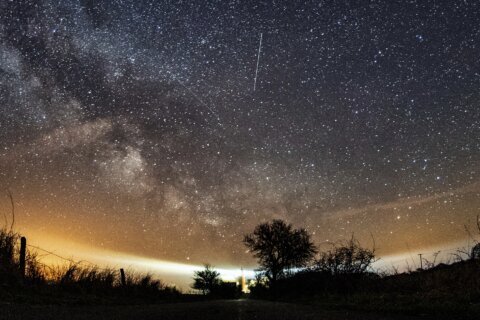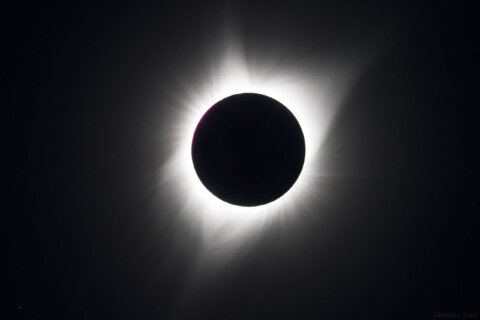
Scientists have been saying that climate change on Earth contributes to the increase in disruptive and deadly weather events, which have led to tornadoes, hurricanes and other natural disasters that have destroyed countless homes, highways and other infrastructure.
As the Earth’s weather gets increasingly problematic, the weather in outer space is slated to start causing problems, too. It all starts at the sun, and all the sunblock in the world won’t help.
Space weather is defined as the gas and particles fired off by the sun into outer space. They’re charged up with electricity and can hit the Earth’s atmosphere at speeds of up to a million miles per hour. It’s not a problem most of the time because of the Earth’s atmosphere; but as things intensify, the technology used by many on Earth may become vulnerable.
“Extreme space weather, when you have these very large solar storms that can come toward Earth, have the potential to paralyze critical infrastructure here on Earth,” said Elsayed Talaat, the director of the National Oceanic and Atmospheric Administration’s Office of Observations. “The sun goes through cycles of high and low activity, repeating approximately every 11 years. We’re now approaching a period of increased activity on the sun.”
In fact, it’s getting really active.
“This solar cycle is actually outperforming its official forecast,” Talaat said.
It “can affect our communication systems, navigation systems; it can affect, as we fly, the navigation and communications airplanes use,” Talaat said. “One of the largest effects that space weather can have is on our electric power grid … the infrastructure we rely on for basically all our activities, powering all our activities here on the ground.”
Worst-case scenario is a paralyzed power grid; in the wrong place, such as a big city on a hot summer day, the results could be devastating.
On Thursday, a mix of scientists, engineers and politicians will hold their annual meeting of the Space Weather Enterprise Forum on Capitol Hill to talk about what’s being done to better protect the technology people rely on. In particular, a focus will be on the improvements in predictive models that trigger warnings about what’s coming from the sun, as well as where the biggest vulnerabilities still exist.
The increased sun activity adds some urgency to the forum on Thursday, since the odds that all those solar emissions will come crashing into the atmosphere are going up.
“We’ve continually improved our predictive capabilities by adding new additional capabilities over the last decade,” Talaat said. He noted that predicting how solar storms travel from the sun to the Earth and what kind of impact they have when they get here, has gotten better, “There’s a lot of room for growth and improving our capabilities.”
“It’s the dialogue of how we can look forward and see where we can have cooperation to make those improvements,” Talaat said.









